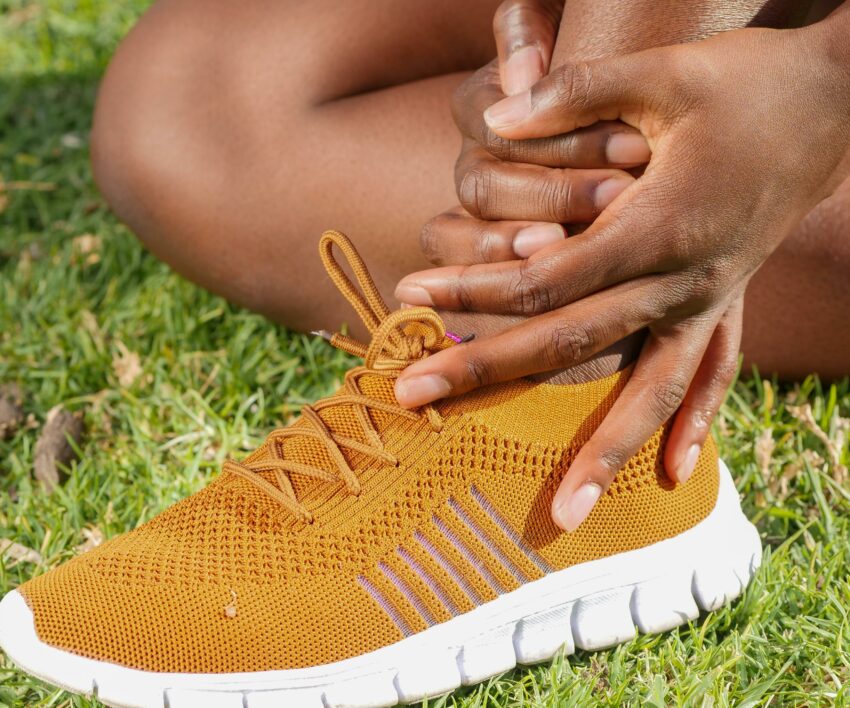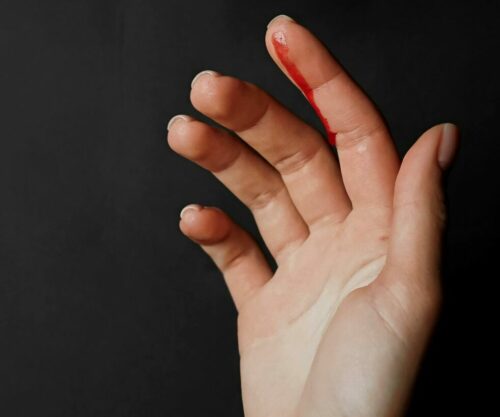
If you have sprained an ankle before you know exactly how a torn ligament feels like, especially if you are active and do a lot of physical movement.
The Cleveland Clinic states that ligaments are bands of tissue that connect bones, joints, and organs, holding them in place helps joints move in the intended direction, hold bones together, prevent twisting, stabilize muscles and bones, strengthen joints, and prevent dislocation.
The above clinic further states that there are over 900 ligaments in the body, mostly located in the arms and legs and that they are made of connective tissue, elastic fibres, and collagen.
“A ligament can be stretched or torn. This injury is called a sprain. It occurs when a ligament is forced to move in the wrong direction or stretches too far. Sprains often happen during a sudden fall, twist or impact.”
According to Very Well Health, sprains occur when a person falls, twists, or is hit, with ankle sprains being the most common. It is stated that wrist and thumb sprains are common in sports like skiing. “Athletes in contact sports, like football, hockey, and boxing, have the biggest chance of strains. Even in noncontact sports like tennis, golf, or rowing, doing the same motions can lead to strains of the hand and forearm.”
These are the signs of torn ligaments according to Supernutritious:
Popping sound: A tear of a ligament can cause a popping sound in the affected area, resembling a rubber band snapping. This sound is stated to also indicate the snapping of both posterior and medial collateral ligaments.
Pain: This one is inevitable when something on your body breaks or tears and the above publication states that a ligament tear causes sudden, extreme pain, often burning or searing. “Even if you think you know what’s happened, a doctor still needs to perform an X-ray to confirm the tear.”
Swelling: Swelling around a ligament tear occurs within hours due to fluids, including blood, flowing into and around the injury. Applying ice immediately can reduce swelling, as there is usually no open wound.
Other symptoms suggested by Go To Ortho include:
- Bruising
- Limited ability to move the joint
- Inability to bear weight on the joint
Also see: Tips to remedy water retention




